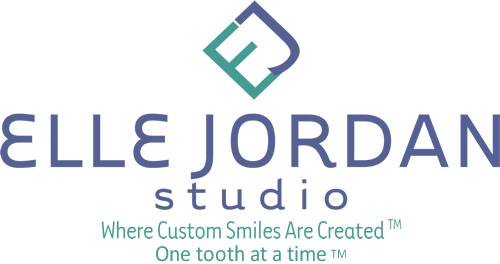The Ultimate Smile Makeover Experience! Where Custom Smiles are Created™
IPS. emax CAD
IPS e.max CAD is indicated for full anterior or posterior crowns. IPS e.max press is indicated for full anterior or posterior crowns and three-unit bridges having only one pontic with the second bicuspid as the most distal abutment. Veneers can also be indicated and are recommended when combining with adjacent IPS e.max crowns or bridges, provided ample reduction is achieved.
Contraindications
IPS e.max should not be used on patients with malfunctional occlusion such as bruxers or clenchers. IPS e.max should not be used as abutments for cast partials. IPS e.max should not be used in situations when preparation requirements cannot be achieved. IPS e.max is not indicated for Maryland-type bridges.
Anterior full-coverage crowns require a chamfer or shoulder margin. A circular shoulder is prepared with rounded inner edges or a chamfer at an angle of 10-30°: the width of the shoulder/chamfer is approx. 1 mm. Facial reduction is 1.5 – 2 mm; 1 – 1.5 mm lingual contact clearance. Incisal reduction is 1.5 – 2 mm with rounded internal line angles, and an incisal edge at least 1mm wide to permit optimum milling of the incisal edge during CAD/CAM processing.
Posterior full-coverage crown requires a chamfer or shoulder margin. A circular shoulder is prepared with rounded inner edges or a chamfer at an angle of 10-30°: the width of the shoulder/chamfer is approx. 1 mm. Occlusal reduction is 1.5 – 2 mm: axial reduction (buccal, lingual and interproximal) is 1.5 mm with rounded internal line angles.
.For greatest strength, and where preparation allows for dry field (supra-gingiva margins), it is recommended to use adhesive bonding, such as VarioLink II (Ivoclar Vivadent) or similar dual cure materials (Insure, Cosmedent; Nexus, Kerr; Choice, Bisco, Inc.; Lute-It, Pentron).
For areas subgingival, or when a dry field cannot be achieved, Ivoclar Vivadent recommends a hybrid glass ionomer cement system with less than 0.5 percent expansion. (NOTE: Resin-reinforced glass ionomers (Advance, Vitremer) are not indicated for any all-ceramic restoration.)
Some recommended resin cements:
- Vivaglass (Ivoclar Vivadent)
- GC Fuji (GC America)
- Ketec Cem (3M ESPE)
- Panavia F (J. Morita)
- C&B Metabond
- Variolink (Ivoclar Vivadent)
If you are a CEREC customer and would like to learn more about how to upload your CEREC file directly to us, please call 877-825-8001.
If adjustment is required on the ceramic, ALWAYS CEMENT OR BOND INTO PLACE BEFORE PROCEEDING, then use a fine diamond with water to keep the crown cool. To contour the crown, polish with a porcelain polishing wheel ( Brassler, Shofu and Vident) and diamond polishing paste.
Caution: Do NOT attempt to fire porcelain. IPS e.max ceramic requires specific stains and glaze, as well as precisely calibrated ovens at specific temperatures and vacuum settings.For best results, return crown for re-glaze firing to lab.
- D2740 Crown
- D2610 Inlay for 1 surface
- D2620 Inlay for 2 surfaces
- D2630 Inlay for 3 surfaces
- D2962 Labial Veneer
- D2783 Crown 3/4 Porcelain Ceramic (does not include veneers)

